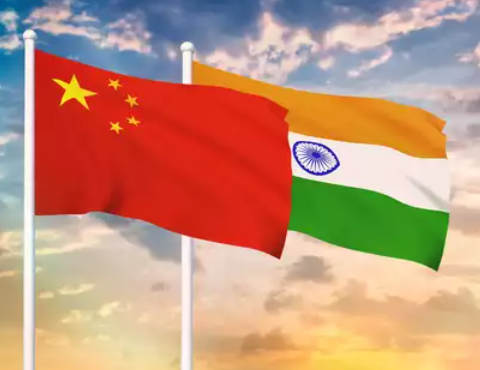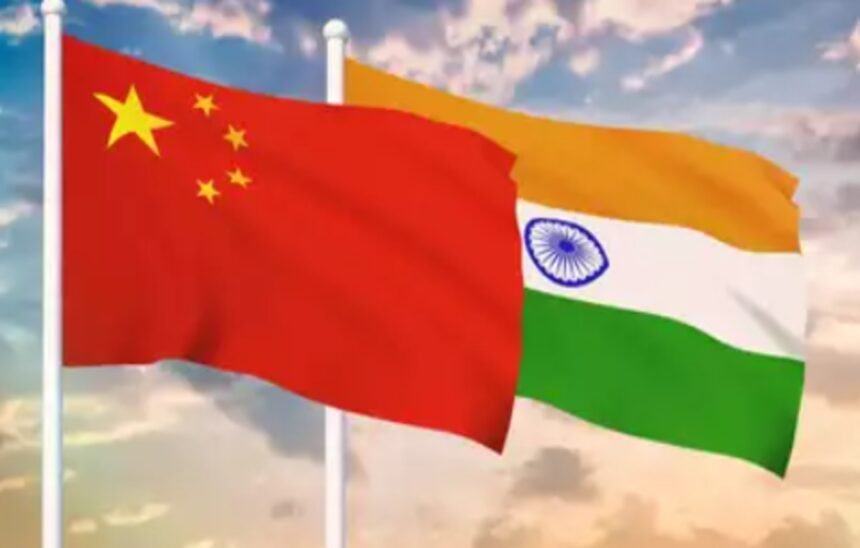[ad_1]

India’s economic strategy post the ‘trade war’ era has focused on decoupling from Chinese imports to develop self-sufficiency in manufacturing, driven by geopolitical and security concerns. However, a deep dive into trade data reveals a concerning trend: India’s dependence on China is rising, according to a report by Elara Securities. In CY23, approximately 68% of India’s exports—based on four-digit HS codes that include imports from China of at least USD 100 million—saw an increase in the share of imports from China, up from 59% in both CY19 and CY15.
China’s dominance in global exports, particularly concerning capital-intensive products, presents a significant challenge for India in establishing a manufacturing ecosystem independent of Chinese influence. The ratio of capital-intensive imports to consumer goods imports from China increased to 7.26 in CY23, compared to 5.17 in CY19, it said.
Chinese FDI: In need of a fresh perspective
Amid China’s significant presence in global manufacturing, notwithstanding the need to protect domestic market, there might be merit in being more pragmatic about foreign direct investment (FDI) from China, in absence of which India’s trade deficit with China will continue to rise through the cycle of implementation of Make in India and Production Linked Incentive Schemes. The Government’s Economic Survey 2023-24 makes a similar case to enhance India’s presence in the global value chain. Currently, only 0.1% of India’s FDI inflows come from China, but 15% of its imports originate in China.China accounts for 36% of India’s trade deficit, only 0.1% of its FDI
Although India’s trade deficit with China has come down from the peak of 47.1% in FY17 to 35.7% in FY24, compared with FY20 (prior to the launch of the Atmanirbhar Bharat Campaign in 2020), India’s trade deficit with China has risen by 5.6% during the same period. Note that the moderation in FDI from China into India began well before the implementation of Press Note 3, which made it mandatory to seek government approval for FDI originating from countries that shared land borders with India, it said. Countries such as Vietnam, Mexico and Cuba have benefited from both China +1 and Chinese FDI as the country looked to diversify to other regions to remain relevant in global trade.
68% of India’s exports see rising China import share
A deep dive into India’s 197 export items per four-digit HS code (wherein India also has an annual import value of at least $100 million from China) reveals interesting facts regarding the extent of dependency on China, it said. About 133 of such items saw percentage share of imports from China rise from 59% CY19 to 68% in CY23. For instance, for commodities such as integrated circuits, the ratio China imports to what India exports in that category of HS code is a whopping 47, up from 14.5 in CY19 and 9.6 in CY10. Likewise, for transformers and convertors, the ratio has risen from 0.4 to 0.7 during the same period.
A steep hike in tariffs by the US on Chinese EVs (100% hike), solar cells (50% hike), steel, aluminium, EV batteries and some minerals (25% hike) may intensify the inflow of Chinese products into India. In volume terms, already, this financial year, among key products, the imports of iron and steel products rose by 76% YoY, of rubber and articles by 82%, and cotton by 370%.
Capital goods imports from China – India outpaces the world growth
China accounts for about 20% of the capital goods exports to the world, making it an irreplaceable player in the global value chain. India’s recent capital formation cycle with Make in India campaign (in particular, domestic manufacturing and assembly in electronics and hardware) has led to a rise in component and equipment imports from China. Capital goods imports from China have seen a 19.23% CAGR through FY19-FY23 versus 9.6% and 11.54% for consumer goods and intermediate goods, respectively. In the same period, Chinese capital goods exports to the world saw a CAGR of 8.4%.
While tariff protection and domestic manufacturing push are helping to limit consumer goods imports from China, the low entry barriers for capital goods and relatively inelastic demand have catapulted capital goods imports. With India’s capex cycle as well as domestic manufacturing cycle still nascent, we do not see this trend reversing any time soon.
[ad_2]
Source link











